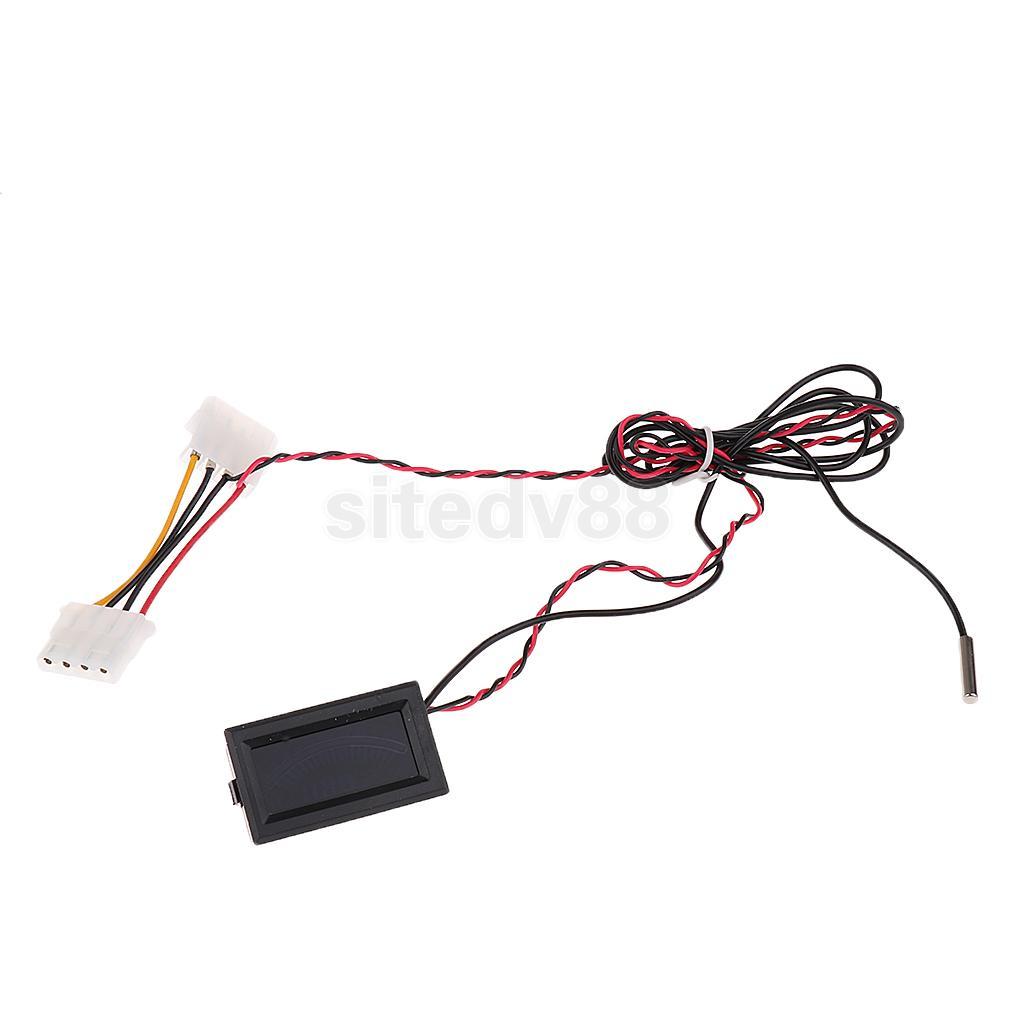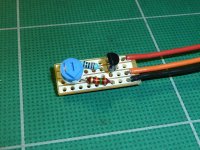Wow! This thread is growing fast. Serves me right for not watching it recently!
I am also working on a derivative of this meter, with a 16x2 LCD to give me a bargraph, and numeric readout. I realise this is straying from the the purity of Jeremy's original concept, and I have wondered about making a KISS version, by using an LED bargraph as the Ah meter. Right now the risk is that I am just reinventing the cycle analyst meter

However, I was just going to chip in with a couple of observation on some earlier posts just in case they help.
Serial LCD displays : I am using the serial modules from sparkfun (they have a uk distributor for those of us on this side of the pond). They work fine, but like most they default to 9600 baud. They can be set to lower rates, but there seems to be some suspicion they sometimes revert to 9600 by themselves. Not seen this so far myself. To avoid this possibility I went for a picaxe 18x, as I had some getting lonely, and they will do 9600 baud. However it has just dawned on me that with all those spare pins I might as well use a parallel LCD, as these are <$5 on ebay. Time for a code rewrite..
Cheap and small 5v power supplies : A friend has just loaned me a controller with a cycle analyst plug built in (6 pin connector) which has made me rethink my power options. This connector doesn't have a handy 5v line, so I am planning to use a cheap and cheerful 78L05 regulator to get my 5v. But wait! you say, these release their magic blue smoke at >35v. True, but if you look at the spec sheet (or dissect a cheap Chinese controller), you will see you can use a resistor on the input side to drop the voltage before the regulator. This only really works if you are using a few mA, as these meters are, and if the load is pretty constant. On the plus side these regulators are really cheap, and small. Something like a 4k7 resistor should work, as the regulator needs around 5mA.
Programming the PICAXE with no (real) serial port : Ok, I confess I do have and ancient PC somewhere in the garage that has an honest-to-god RS232 port on it, which works well to program the chips, and as many of you may have discovered, a USB-Serial dongle is pretty hit and miss. However, I also have a usb-ttl lead I bought a while ago sitting about, based on a FTDI chip. The handy thing about these is that you can reconfigure them with some free software from FTDI to invert the signals on the Rx and Tx pins and then, voila! You can plug the wires directly into the PICs, giving you the latest in USB-linked simplicity. As an added bonus you get a 5v supply to test your circuits with, before you fry it with the PSU idea above. There are some details in http://www.zbasic.net/doc/USB-TTL/USB-TTL.pdf . Not the module I use, but the same chip, and good description, skip to page 8 for the reconfig info.
Hope these random ramblings help someone. It has finally stopped raining here, so I had best get off the sofa and on with testing the bike outside..
 PS where did you get that rocker switch that is in the photo near your throttle in the first post?
PS where did you get that rocker switch that is in the photo near your throttle in the first post?







